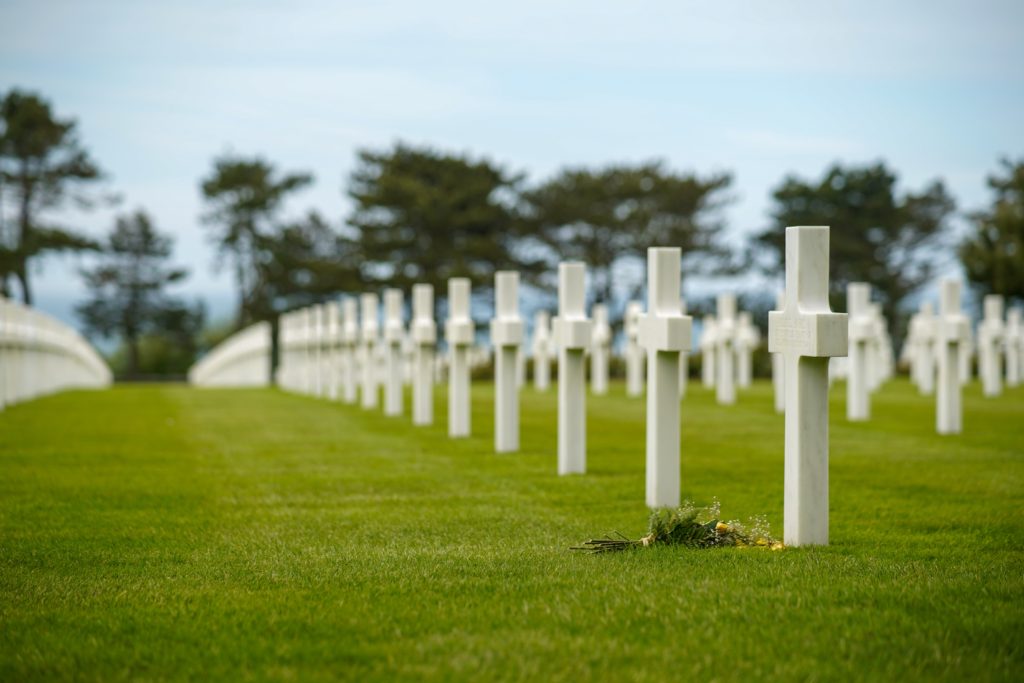Anyone interested in food has to go to France at some point. And of course, it’s more than that. Jazz musicians barely making a living in the States found a haven there, free from the discrimination at home. Dexter Gordon comes to mind. And Josephine Baker. In Paris, they were rock stars. Bertrand Tavernier’s film Round Midnight captures it well. The French love of jazz, food, poetry, literature, and the arts.

And then there was the young writer, Ernest Hemingway, who lived in Paris in the twenties and wrote his first novel there, The Sun Also Rises.
A while back my wife and I visited. We rented a small sparsely furnished apartment with an excruciatingly uncomfortable double bed, all redeemed by a flower covered balcony overlooking a neighborhood side street.
During the day we did the usual things, rode the Metro to the Louvre, Notre Dame, visited Shakespeare and Company Books on the Left Bank, a drink at Hemingway’s bar at the Ritz.
And ate, one interesting meal after another.
One night walking the famous bridges along the Seine the road dipped into a strangely familiar tunnel. I couldn’t place it until it exited upriver, at a monument covered in flowers, cards, stuffed animals. It was the Pont de l’Alma tunnel, where Princess Diana’s Mercedes had crashed while fleeing paparazzi just weeks before.
Another day we rented a car and drove up into Normandy. Famous for its cheeses, cider, Calvados, and beautiful coastal scenery and farms, we were also there for the history. This is where the Allied armies had landed in 1944 to begin the liberation of Europe from German occupation. Acres and acres of perfectly aligned white crosses remember the soldiers who died on these beaches. Even more as they moved further inland. Three days in country my own great uncle, Buster, twenty-one years old and newly married, was ambushed and killed by German machine-gun fire advancing along these hedgerows. One kill zone after another.
Unlike much of France, the people of Normandy are famously hospitable to Americans. At the war museum there we stood looking over a map of the D Day operations. An older French gentleman, wearing a beret of course, stood beside us also perusing the map. After a couple of minutes, he turned to us, tears rolling down his cheeks.
“American?” he asked.
“Oui,” we answered.
He reached out, took our hands in his.
“Thank you.”
Driving back to Paris in the afternoon, we passed a handwritten sign on a stone wall. Cidre. We pulled over what can only be described as a moat, through an iron gate into a large courtyard. Beyond the pasture was a clear view of the English Channel. Two crumbling circular towers stood guard at the water’s edge. Seeing nobody, and not wanting to bother a French family at dinner, we began to turn the car around. An elderly French farmer hustled out of the farmhouse door, waving.
“Cidre?” we asked.
“Of course,” he replied. “And Calvados.”
We followed him into a cavernous stone barn, barrels too numerous to count stacked floor to ceiling. My first taste of real Norman farmhouse cider was a revelation, a mix of heirloom apples, grassy hillsides where the black and white dairy cattle grazed, mushrooms, fresh cream, and a fruit-packed yeastiness I have only ever tasted in the best champagnes. I have never forgotten it.
After numerous ciders, each different from the last, we moved on to Calvados, an apple brandy only produced in Normandy. For the record, Hemingway preferred Calvados to Cognac, bourbon, or scotch. It was delicious and strong, the essence of the apple in a glass. And it packed a punch. Now on a first-name basis, we walked outside with Henri. Sun going down over the Channel, I asked him about the towers. Norman towers, he said. This was a fortified farm, against the Vikings, raiding down from the North. Midway to the water, a man high monument had been built of fieldstone.
“When the Americans came they camped here and built that to honour their fallen comrades,” said Henri. “I was only sixteen years old, and we were so happy to be rid of the Nazis.”
“A eighteen year old American soldier and I became good friends. I still visit him in Baltimore. And he has been back to visit me and my family.”
We pulled out of the farm gates with a case of cider, and two bottles of Calvados. Driving back to Paris in the evening dusk we reminisced about the day. The rows of white crosses, the pastures stretching down to the sea, all so peaceful now. The warmth of the Norman people. And speeding through apple orchards and dairy farms, an appreciation of what many had sacrificed to bring us here.



This took me back to my visit to Belleauwood France in 1999. Went with Marine attache’ to put historic plaques along the trenches atop the high ridge of this area. This was the location of the victory against Germany and tithe place where U.S. Marines earned the name Teufel hunden “Devil Dog” by the defeated Germans. I stayed with the mayor & wife in a small drafty old castle, since I spoke a little French. They love Americans and have a museum honoring those who brought the Nazis to their knees. A sea of white crosses adorned by beautiful red roses decorated the sacred fields. -Was all so moving. 🙏🏼
Beautiful words, Margaret, for beautiful memories and genuine people.
I never knew that you and Susan made this trip. Wow!